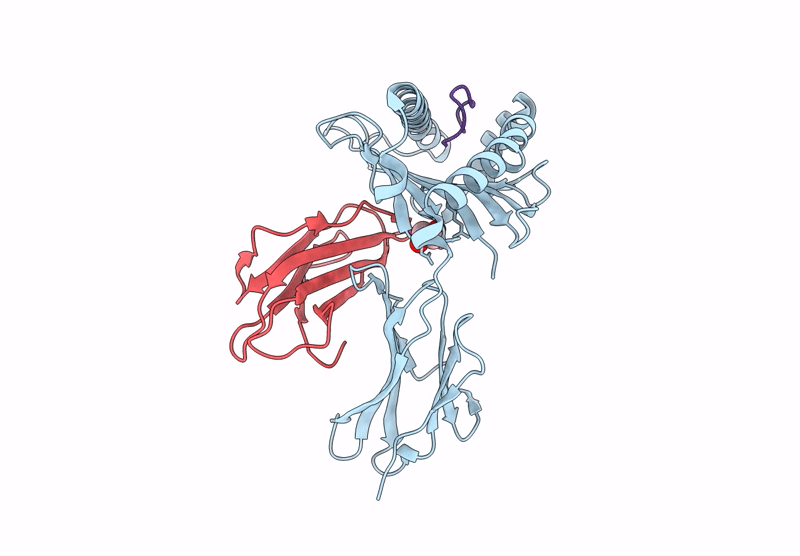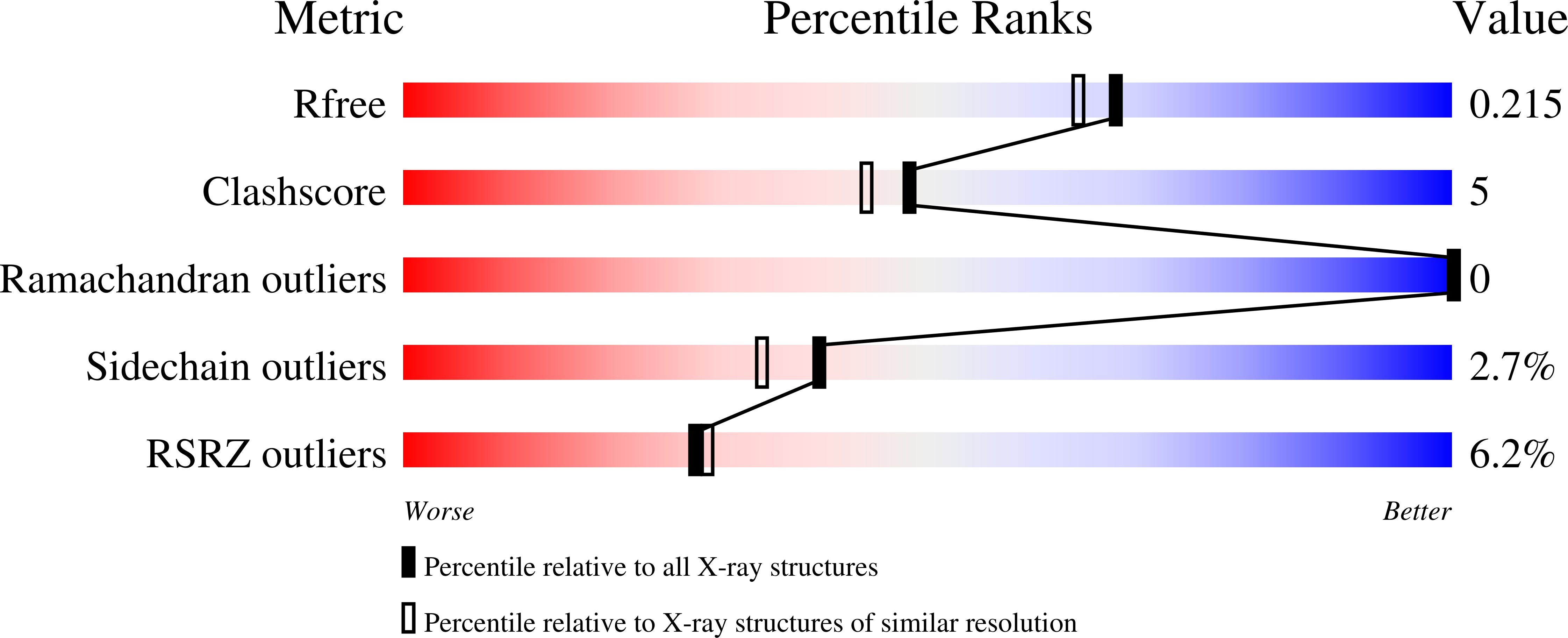
Deposition Date
2024-01-08
Release Date
2024-12-11
Last Version Date
2024-12-11
Method Details:
Experimental Method:
Resolution:
1.90 Å
R-Value Free:
0.21
R-Value Work:
0.18
R-Value Observed:
0.18
Space Group:
P 6 2 2


